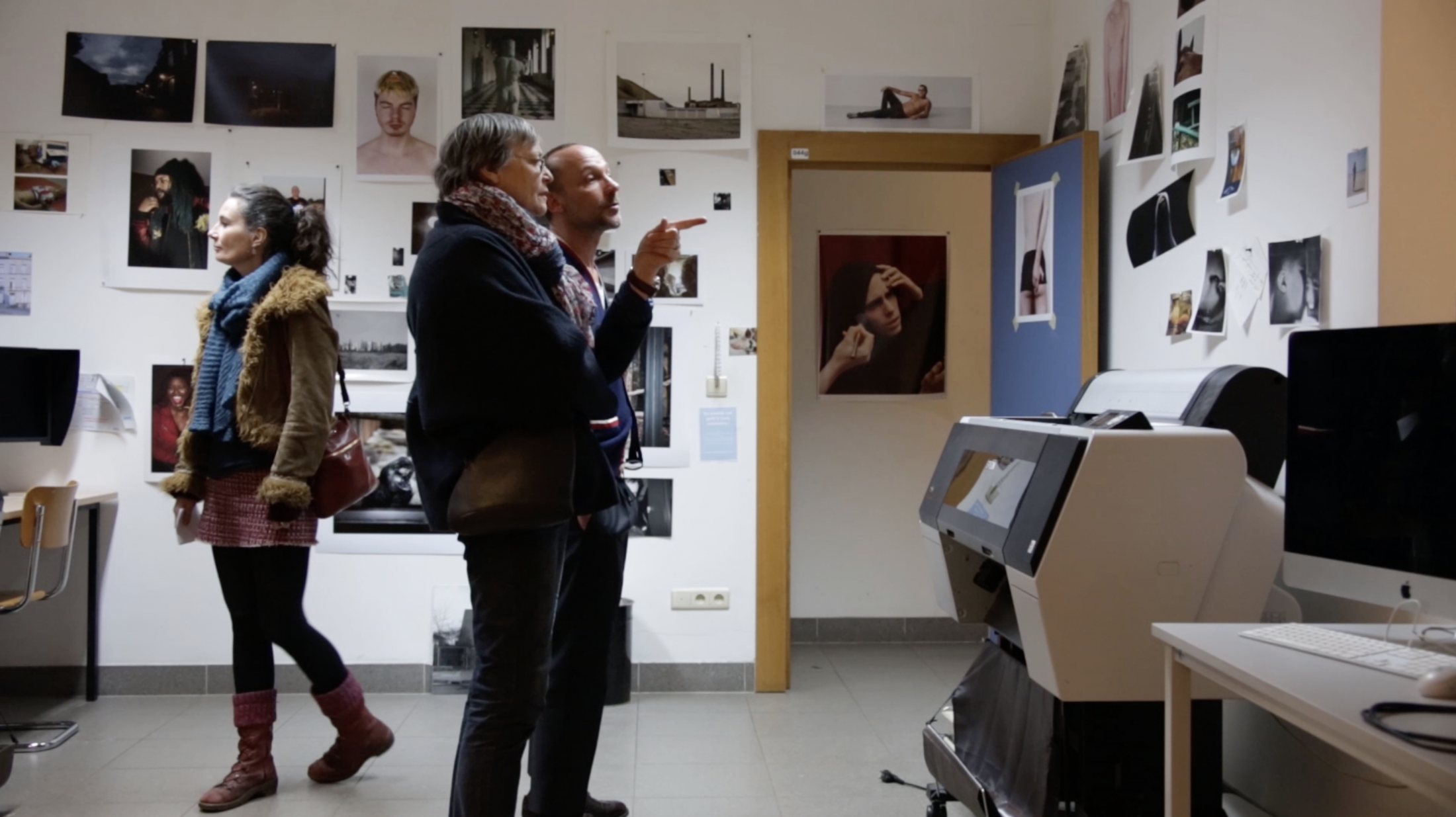History - Critical - Theory
The programs offered at the school include a significant portion of theoretical courses that integrate both general knowledge and specific content related to the visual and reflective culture of the students.
The history-theory-critique pole plays a crucial role in the curriculum of students. It provides an essential foundation of theoretical references, helping to refine and enrich an open, structured, critical, and engaged artistic practice. These theoretical courses offer artistic, philosophical, literary, semiological, and historical content and questions, allowing students to better understand the contemporary world in which they shape their practice. They introduce concepts and theories related to the critical interpretation of artworks, texts, and more broadly, art, institutions, and social and cultural realities. Gradually, students learn to deepen and formulate historical or current questions, theoretical or critical inquiries, which enable them to develop the stakes of their own work within an expanded theoretical field and refine and articulate their personal creative project.
Throughout the journey of our students, the theoretical approach develops in close relation to artistic practice, with the goal of fostering an open, critical, and engaged way of thinking within an expanded theoretical field. Students gradually build a foundation of theoretical and historical references, which allows them to refine and nurture an artistic practice that is structured, coherent, and autonomous, aligned with both the intellectual and professional world.
Starting from B1, a series of mandatory courses is offered to all students to provide them with a common foundation of reflection and knowledge. Gradually, students select courses that shape their journey and research field based on their practice and interests.
In the first cycle, students take theoretical courses in lectures, transversal courses, and more specific courses in small groups of no more than 20 students.
In the second cycle, students participate in more collaborative seminars in small groups. They also attend courses on contemporary art news, which provide them with an overview of current artistic practices.
